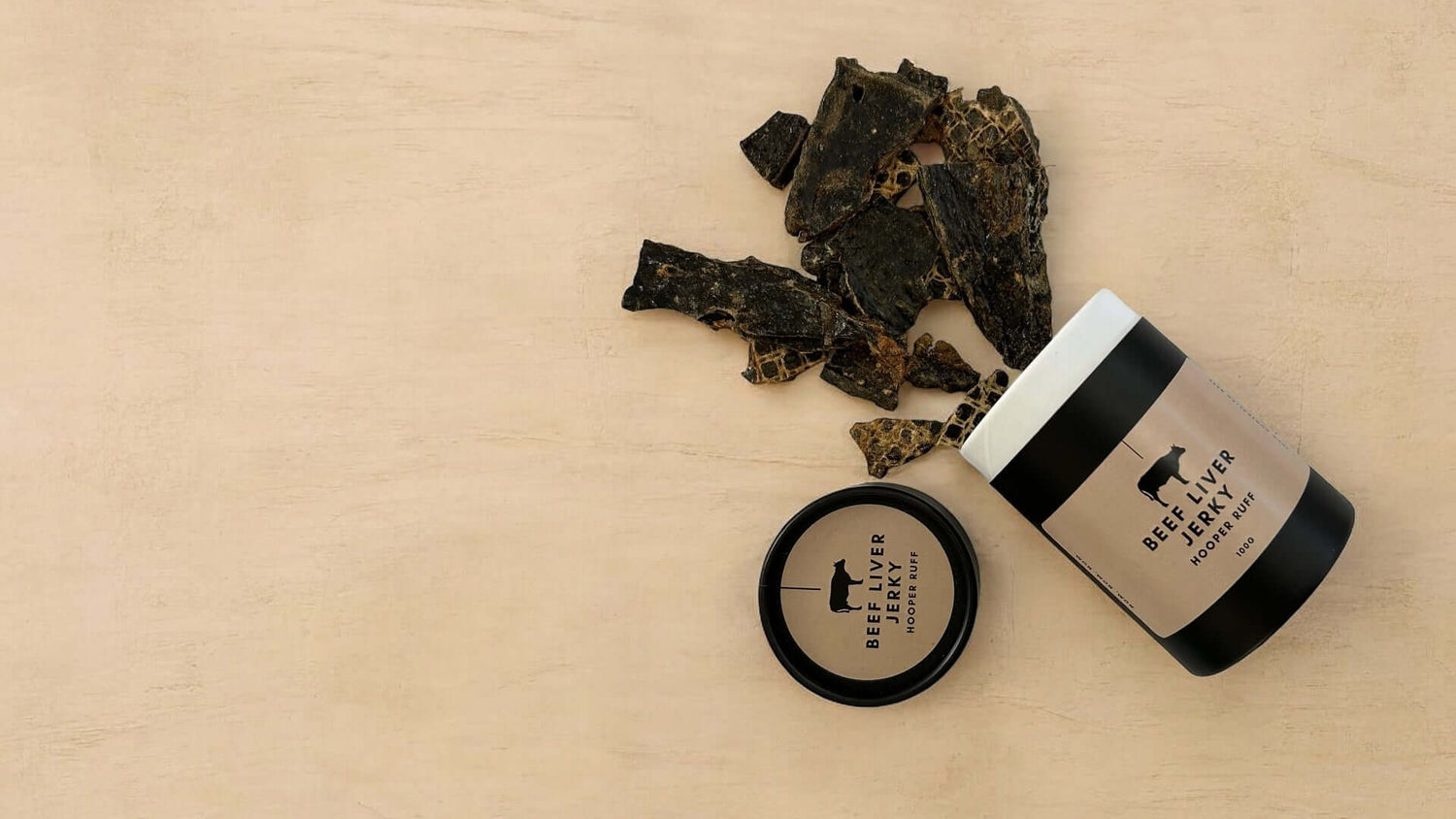
Help! My Dog Is Feral on Walks – How to Finally Get Some Calm on the Lead
Share
You know the dog. The one strapped into a harness ready to use it like a sports bra. The second the lead clicks on, they’re off like a bullet—dragging you down the footpath like you’re today's cardio session. If this sounds familiar—you’re not alone. And no, your dog isn’t broken.
Walking your dog should be peaceful, but when you’ve got a canine cannonball at the end of the lead, even making it to the end of the street can feel like a full-blown workout. So let’s talk real solutions for getting your “feral” dog under control.
Let’s Get Real About Expectations
If your dog has been pulling for months (or years), you're not going to fix it in one magical walk. In fact, most dogs take 2–4 weeks of consistent, short training sessions to learn how to walk calmly on a lead. Some take longer. Some have setbacks. That’s all normal. You’re not doing anything wrong.
You don’t have to complete the full lake loop or trail you usually do. Start with just a few metres. Even a calm walk to the end of the street and back is a win.
Why Do Dogs Pull So Much?
-
Dogs naturally walk faster than us.
-
The world smells incredible to them—everything is a distraction.
-
They’ve never been taught how to walk beside you calmly.
-
And here’s a big one: Most harnesses actually encourage pulling.
Yep. Harnesses were originally designed for dogs to pull—think sleds, carts, people, cargo. If your dog is a breed like a Husky, Staffy, GSP, or just a strong-willed unit who loves to lean in and GO, a back-clip harness gives them more power to do exactly that.
If you’ve got a natural puller, it might be time to ditch the standard harness and look at walking equipment that gives you more control—like a front-clip harness, training collar, or head halter.
How to Actually Train a Dog to Walk Nicely
Step 1: Start With the Right Gear
-
Ditch the back-clip harness if your dog is dragging you like a sled.
-
Try a front-clip harness (which turns them toward you when they pull).
-
Use a head halter for powerful dogs—think of it like reins on a horse.
-
Choose a regular lead—not retractable. You want control, not chaos.
Step 2: Reset the Goal
-
Don’t aim for a “walk.” Aim for a calm few metres.
-
Go to the end of the driveway. The neighbour’s mailbox. That’s enough.
-
Reward calmness. Every step matters more than distance.
Step 3: Use High-Value Treats
-
Bring out the good stuff—real chicken, cheese, lamb.
-
Treat when your dog is next to you.
-
If they pull ahead, stop. Reset. Reward when they come back into position.
Step 4: Stay Consistent
-
This is key. Training only works with repetition.
-
Don’t let them pull sometimes and not others—that’s confusing.
-
Keep sessions short. 5–10 minutes max is enough early on.
This is Normal (and Yes, It’s Frustrating)
Walking a hyper or reactive dog can feel like a public meltdown. You might feel embarrassed, defeated, or ready to give up.
But you’re doing everything right by showing up and trying. You’re not alone, either.
You’re in Good Company—Here’s the Stats
In Australia:
-
Over 69% of households have pets, with dogs being the most popular.
-
A national survey shows that 65% of dog owners struggle with pulling, lunging, or chaotic walks.
-
That’s more than 4 million Australians facing the same challenge.
Final Thoughts
-
Don’t be afraid to take tiny walks.
-
Keep it short, sweet, and calm.
-
Be proud of progress—whether it’s 20 metres or 200.
-
Find the gear that works for you and your dog.
-
Take breaks. Celebrate wins. Laugh at the chaos.
The calm walk you’re dreaming of? It’s totally doable. It might not happen overnight, but it will happen—with patience, the right setup, and a few pockets full of treats.




